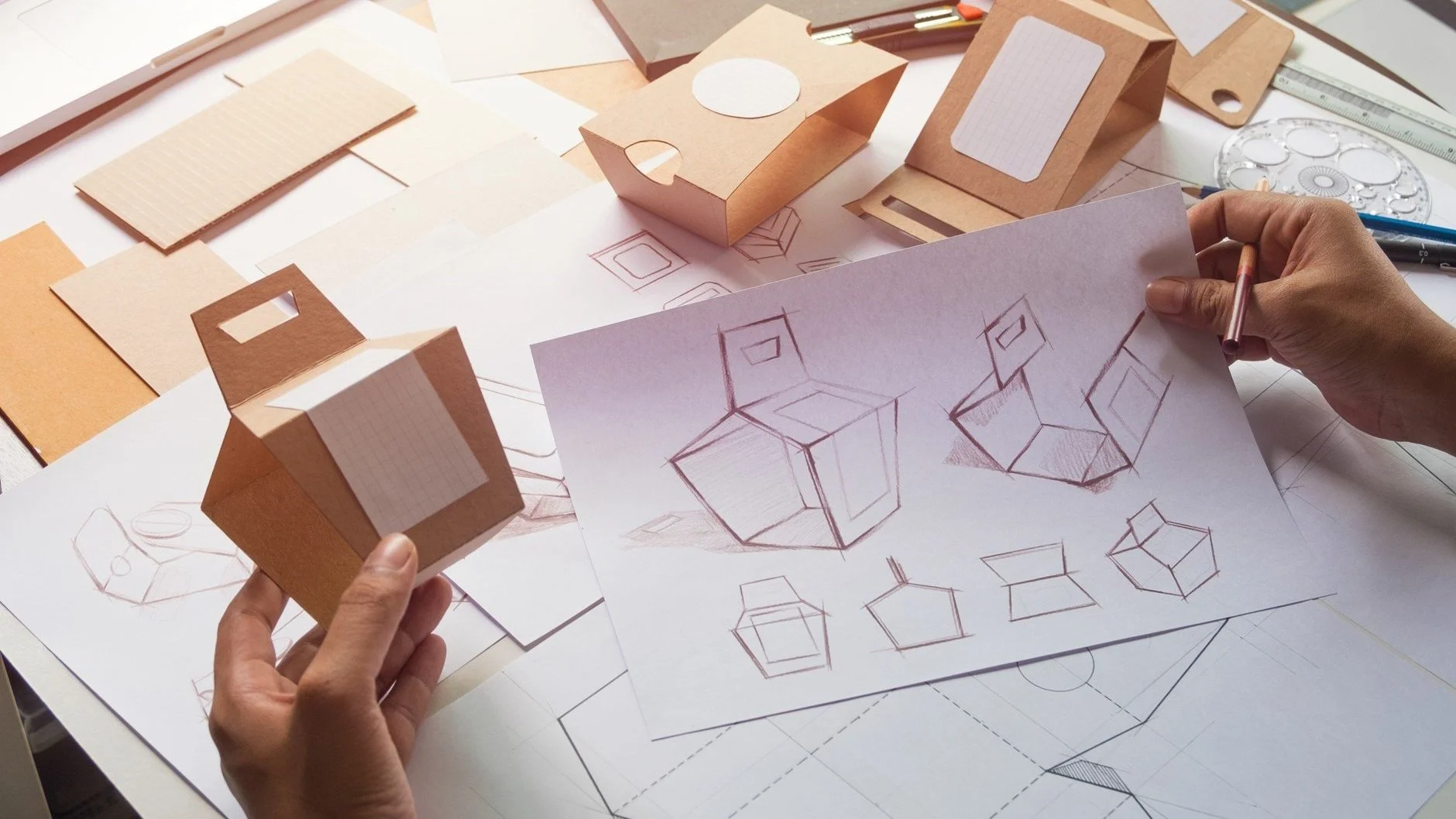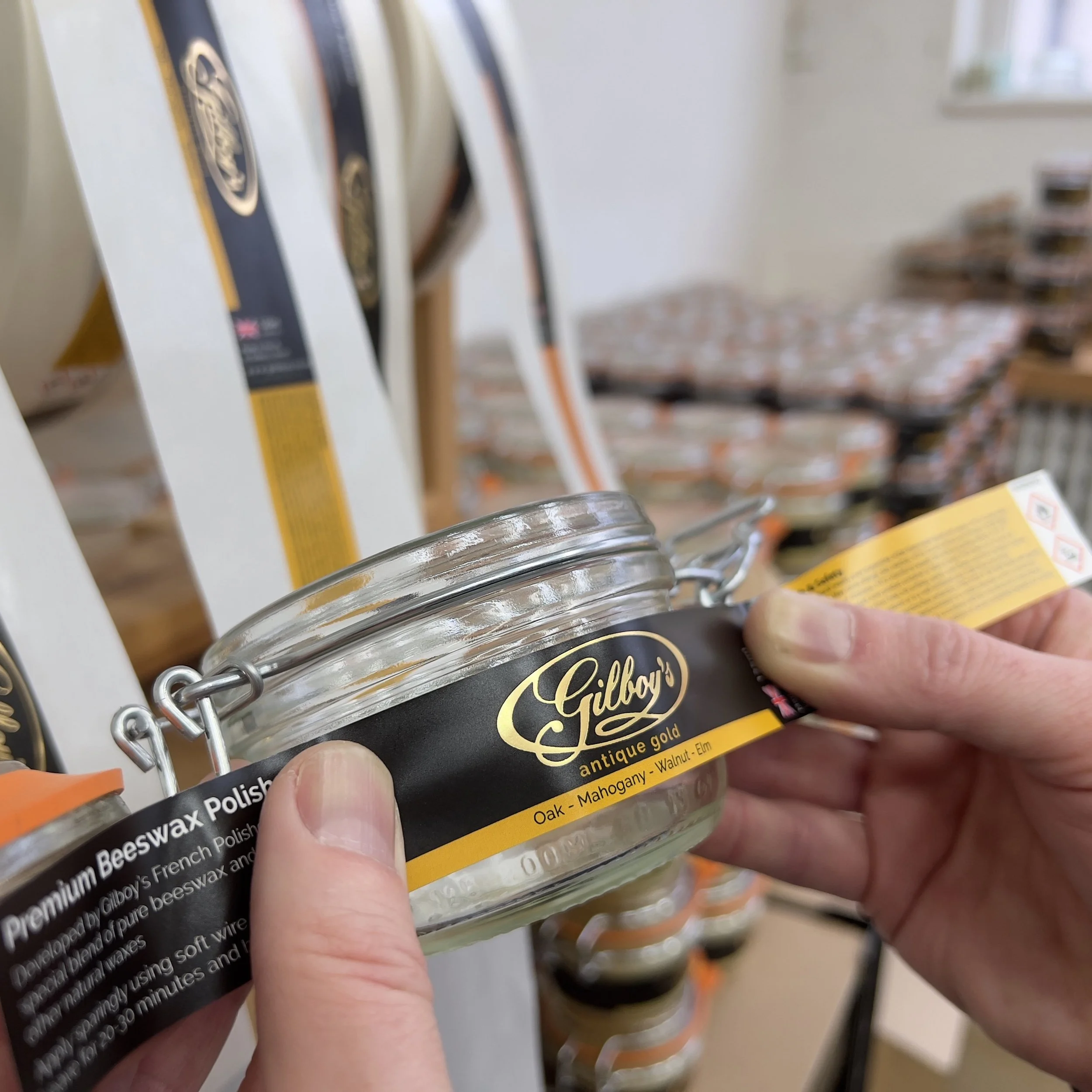A Guide to Label Planning
Getting Started with Label Planning:
A Guide for New Customers
Starting with labels can feel a bit daunting, but you are in good hands with us at inkREADible Labels. As label printing experts, our job is to guide you through the whole process from beginning to end. For us, labels are a bit like the cherry on the cake when it comes to marketing products. We understand the importance of product labelling, and how great labels contribute to successful sales.
To achieve better labels, the benefit of effective planning at the start cannot be underestimated and rushing through this stage is guaranteed to result in issues further down the line. Our 7-stage plan will give you an idea of what is needed to navigate the first steps of your label journey. No other label company does it quite the way we do!
Stage 1: Understanding the Purpose of Your Labels
Labels serve various purposes, and these will vary depending on your needs and your specific industry. Before we start, it's crucial to understand the purpose of your labels, which are likely to be used in the following ways:
Marketing tool to promote your brand
Convey important information like ingredients or instructions
Provide warnings or alerts for potential dangers
Add aesthetic value to your products
Stage 2: What Information Should You include On Labels?
As well as the information you want to include, what about the information that must be included? Every industry has a regulating body so find out if your label needs to list ingredients, nutritional information, allergens, usage instructions or safety warnings. Then, consider what additional essential details are relevant to your product or industry. Fully researching this kind of compliance at the beginning will help you build a solid idea for your label…and could save time and money further down the road.
What are the key benefits or selling points of your products?
Now is a good time to think about highlighting the key benefits or selling points of your products. By including this information on your labels, it serves to attract potential customers and differentiate your products from competitors.
Stage 3: Identifying Target Audience and Usage Scenarios
At this stage, it is hugely beneficial to identify your target audience and potential usage scenarios.
A full understanding of who will be using your products will help determine the tone, language, and design elements of your labels: colourful and playful designs for children’s products, professionalism and clarity for medical products and so on. Doing some research into the demographics, preferences, and needs of your target customers will allow you to design the content of your labels still further.
Stage 4: Where Will Your Products Be Used or Displayed?
Will your items be sold on shelves in a physical store or online? What will the storage conditions be like (damp, outdoor, UV or weather exposure, extreme cold in a freezer etc.) How well will the label photograph if it will be sold online? Understanding the environment in which your products will be used, displayed and sold, can help you select the right label material ensuring labels are durable. It also means that the design element will be sufficiently eye-catching, and effective in conveying your message.
Stage 5: Defining Label Dimensions and Shape
When it comes to defining the dimensions and shape of your labels, here are some questions to consider:
What size and shape do you need for your labels?
Think about the size and shape of the label to best accommodate the content and design elements, while fitting seamlessly onto the container, box etc.
Do you need custom die-cut shapes or standard shapes for your labels?
Custom die-cut shapes in label printing refer to labels that are cut into specific shapes using a die-cutting process. Die-cutting is a manufacturing process where a custom-shaped cutting tool, called a die, is used to cut through the label material, creating the desired shape. This process allows for labels to be produced in non-standard shapes, such as circles, ovals, squares, rectangles, or intricate custom shapes tailored to fit a specific product or branding design.
What’s the benefit of die-cut labels?
They offer flexibility in design and can enhance the visual appeal of products by providing unique shapes that stand out. Custom die-cut shapes allow businesses to create labels that match their branding identity or product requirements more closely, providing a professional and customised look to their packaging. Custom die-cut shapes can help your labels stand out and reinforce your brand identity, while standard shapes may be more cost effective for certain applications.
Stage 6: Label Printing Methods
The two common label printing methods are digital and flexographic, and which works best for you will depend largely on volume and budget.
What’s the benefit of digitally printed labels?
Digital printing offers flexibility, fast turnaround times, and cost-effectiveness for short to medium print runs. It's ideal for high-quality, full-colour labels and labels with variable data.
What’s the benefit of flexographic printing?
Flexographic printing is a traditional printing method suitable for large-volume label production. It offers excellent print quality, durability, and cost-effectiveness for long print runs.
Stage 7: Set Your Budget – how many labels do I need?
The price of your labels will depend on several important factors such as:
If a special cutter is required
Type of material
Size of the label
Label embellishments such as foil or embossing
Printing method (digital or flexographic)
The number of labels
You may need to make sacrifices at some point if your label project goes over budget but keep in mind that the price per label comes down significantly when you order a higher quantity. Our minimum order (MOQ) is 250 labels. Even if you only need a small quantity now, ordering labels in 1000s can bring big savings and eliminate the task of reordering frequently. Nobody wants to run out of labels so think about ordering a few extra and keep the cost of labels down as much as possible.
Ready to take your label planning to the next stage?
By answering these questions and considering the factors outlined in each section, you will be ready to make informed decisions when planning and getting started with your labels.
If you need further assistance or have other specific requirements, just reach out to our label experts for personalised guidance and support. We are happy to share our knowledge and years of experience in the label printing business!












